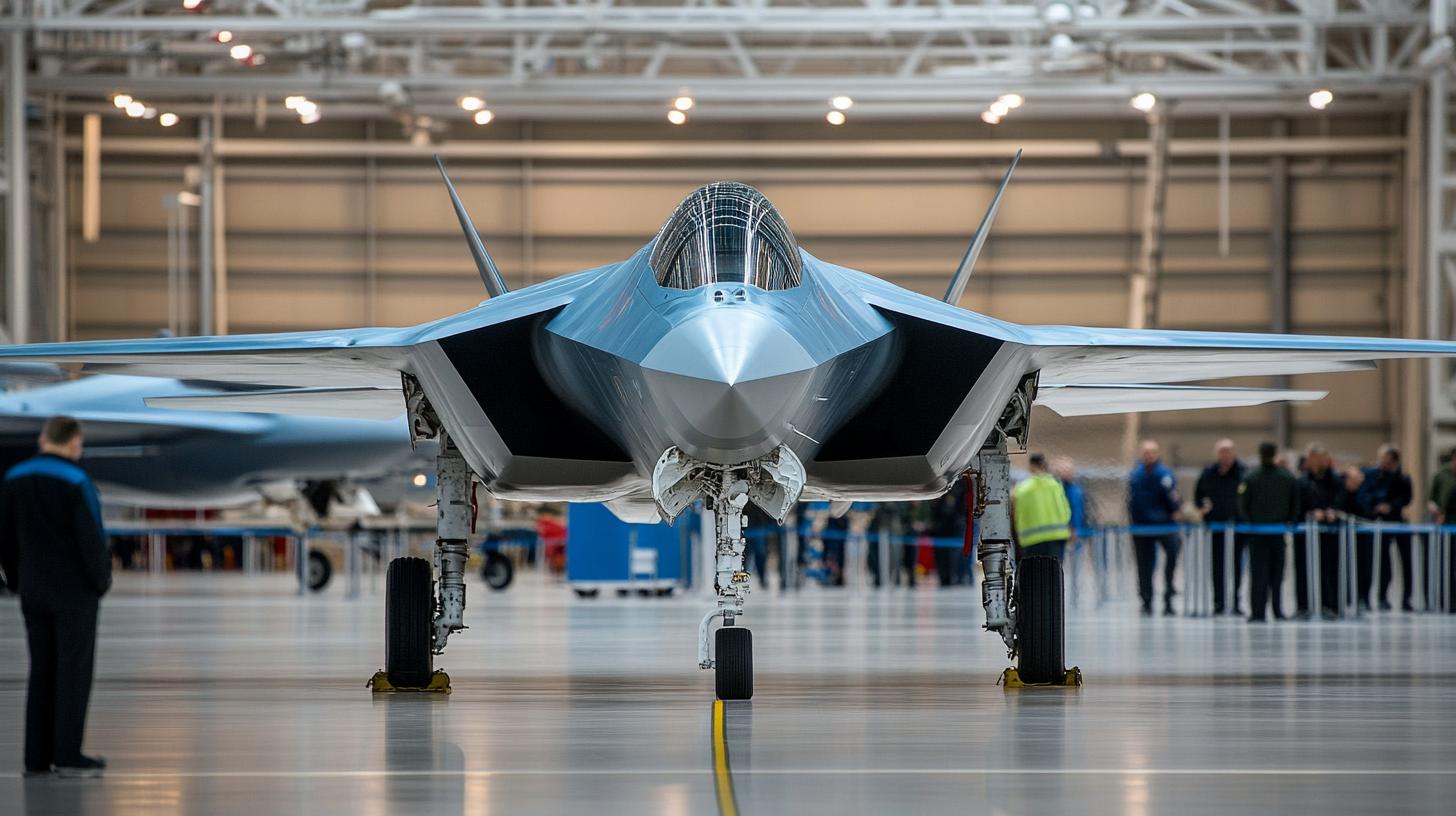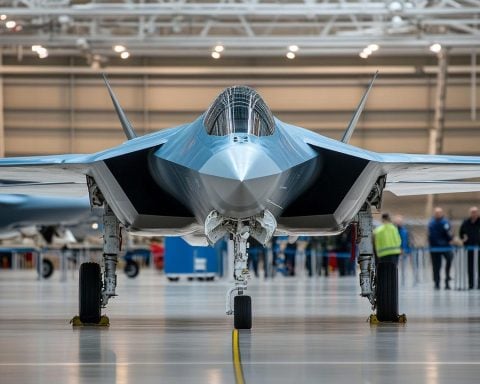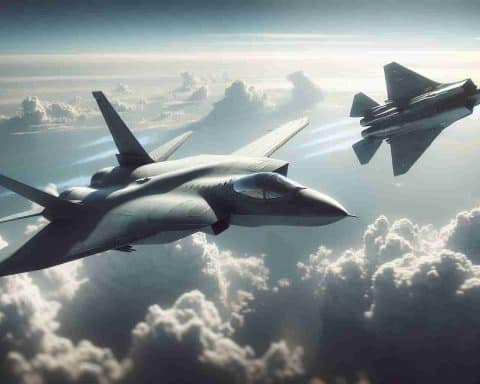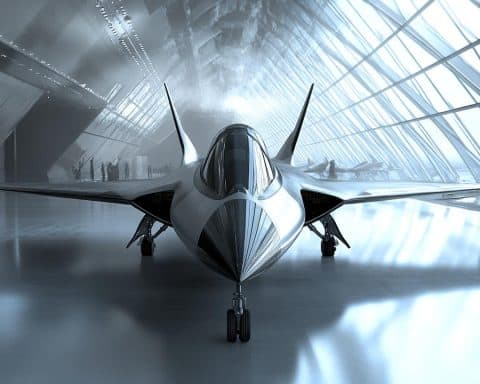After years of struggling to find buyers, Russia has reportedly signed its first contracts for the export version of its Su-57E fighter jet. This announcement was made by the General Director of Rosoboronexport, Alexander Mikheev, who cited significant interest in this combat aircraft. Although he did not specify the buyers, analysts were taken aback due to the dwindling traditional markets for Russian military equipment.
The Su-57 has been showcased at various international venues, including the Airshow China in Zhuhai. However, the reception has often been skeptical, particularly from the Chinese audience, raising questions about the aircraft’s competitiveness.
Efforts to market the Su-57 date back to 2008, beginning with a potential collaboration with India’s Hindustan Aeronautics Limited for developing a fifth-generation fighter aircraft. However, the project stalled, and India opted to go its own way by 2024. Other potential buyers over the years have included Turkey, Vietnam, the UAE, Iraq, and Algeria. Notably, Algeria reportedly ordered 14 units in 2020, but official confirmation never arrived, and recent reports suggest a shift towards acquiring Su-35s instead.
With shifting dynamics in the defense market, Russia may now find its most promising customers in Iran and North Korea. Iran, having received Su-35s and associated production licenses, might view the Su-57 as a natural progression in its military partnership with Russia. Despite claims of advanced stealth capabilities, recent visuals have cast doubts on these features due to the jet’s armament configuration.
Is the World Ready for Russia’s Su-57E Fighter Jet? New Insights and Future Implications
The debut contracts for the export version of Russia’s Su-57E fighter jet signal a potential shift in global defense dynamics. Alexander Mikheev, head of Rosoboronexport, confirmed significant interest in this aircraft. While the exact buyers remain undisclosed, the news raises intriguing questions about its impact on global military technology and strategic alliances.
Intriguing Facts About the Su-57E
The Su-57E, an export iteration of Russia’s stealth-capable aircraft, promises cutting-edge features, including advanced avionics and multirole capabilities. However, its potential success hinges on overcoming skepticism about its stealth performance and technological superiority compared to Western counterparts like the F-35 and J-20.
Recent images have raised doubts about whether the Su-57E genuinely offers the stealth proficiency essential for modern aerial combat. Critics question its radar evasion abilities due to visible armament configurations, leading to debate about its true position in the pantheon of fifth-generation fighter jets.
Implications for Global Technology and Defense
If the Su-57E gains traction, it could influence military procurement strategies, particularly in nations looking to diversify away from Western ties for geopolitical reasons. The emergence of new buyers might catalyze innovation by spurring competitive pressure on global arms manufacturers, potentially resulting in more advanced and cost-effective fighter technologies.
Moreover, the Su-57E’s success could bolster Russia’s defense industry, creating economic incentives to enhance technology and sustain employment in defense manufacturing sectors. This would resonate within Russia and among its defense industry partners.
Exploring Potential Buyers and Market Dynamics
Russia’s traditional markets for military exports have been dwindling. As a result, attention has turned to countries like Iran and North Korea, which may see acquisitions like the Su-57E as strategic enhancements to their national defense. Iran already engages in military technology exchanges with Russia, having received Su-35 jets and production licenses that could ease a transition to the Su-57E.
Advantages and Disadvantages
Advocates tout the Su-57E’s potential to fill gaps in aerial warfare capabilities for countries seeking economical alternatives to existing Western options. The fighter jet’s multi-role capability might allure nations needing versatile air force components.
However, inherent risks loom. The aircraft’s unproven combat efficacy and the contentious nature of dealing with sanctioned states like North Korea may inhibit broader adoption. Furthermore, the geopolitical ramifications involving human rights and strategic aggressions could spark international backlash.
Questions and Controversies
What does the future hold for countries investing in the Su-57E? Can Russia improve the perceived deficiencies in stealth and technology to compete with premier fighter jets?
Continued scrutiny and comparisons with Western fighter technology will likely shape narratives around the Su-57E. If Russia can address extant criticisms, the fighter could become a cornerstone in introducing new competitors in currently Western-dominated markets.
In summary, while the world watches the Su-57E’s nascent export journey, the outcomes could redefine military alliances and technology standards.
For further industry insights, visit Janes and Defense News.






















